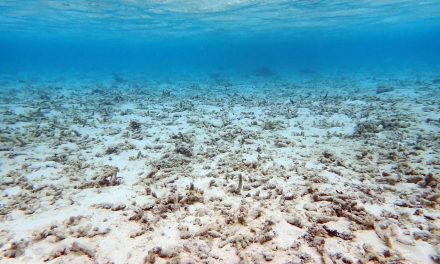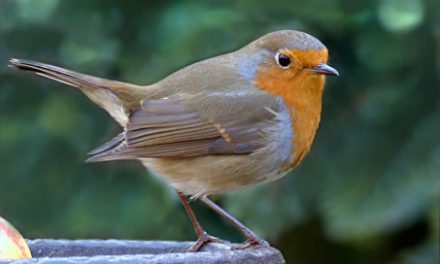Written by Karoline Kingston / Faunalytics
Since the late 1990s, U.S. bumblebee populations have declined nearly 96%. We generally hear about the population reductions in honeybees due to their larger impact on our economy, while the plight of bumblebees is overlooked. Bumblebees’ contributions to our economy are significant as well, and they play a large role within their native ecosystems. For these reasons it is important that we take dedicated steps toward bumblebee conservation.
What Do Bumblebees Do For Us?
Bumblebees are natural pollinators; they are also used commercially as pollinators in greenhouses and other enclosed growing settings. They are more efficient than honeybees in such environments, and are generally very docile and do not swarm as do honeybees. On an economic level, bumblebees pollinate many fruits that are important commercially. They are excellent pollinators for tomatoes and sweet peppers, as well as fruit trees in some regions, such as apples and plums. Depending on the bee diversity in an area, bumblebees will also pollinate raspberries, strawberries, sunflowers, currants, and even cotton. Red clover and alfalfa, both commercially significant crops used for animal feed, are pollinated almost exclusively by bumblebees, a task at which they were famously proven excellent by Charles Darwin.
Bumblebees stick close to their hives, often pollinating plants that may be less attractive to other bee species who are willing to travel further. Due to their larger bodies, they can carry a larger load of pollen than honeybees. Worldwide, honeybees pollinate just 3% of wildflowers, while other bees, including bumblebees, are responsible for the remaining 97%. Fewer bumblebees means fewer plants are pollinated, and thus begins a systematic breakdown of the ecosystem in which those plants exist.
Cause of the Decline
One of the major factors in bumblebee decline is the introduction and of bumblebee-specific pathogens and a tracheal parasite. This spread has been perpetuated by the trafficking of bumblebees for commercial use between Asia, Europe, and North America. Additionally, unlike honeybees, bumblebee colonies do not store honey and are therefore more vulnerable in extreme weather, or the inability to find flowers for periods of time.
Like many other animals who are at risk, much of the decline in bumblebee populations is due to habitat loss. A similar problem, though much more rampant, is habitat fragmentation. In urban areas where roads and highways bisect the bees’ natural habitat, bees are isolated from pollen sources and other bees. The fragmentation of food sources means that bees are often left with shortages of plants to feed from, and therefore fewer plants to pollinate. Isolation from other bees cuts down on the diversity in bee populations, often meaning generations of bees are weaker and more susceptible to disease and other detriments than they would be otherwise.
Steps for Mitigation
The first, and most obvious thing you can do to help with the conservation of bumblebees is to never disturb a nest, should you encounter one. You can also plant native plants, ensuring that there is a habitat for these bees. You can contact the Xerces Society, Pollinator Partnership, or a local group to find out which plants are native to your area and also attract pollinators. Never, ever use systemic insecticides (in fact, best to not use insecticides at all) in your garden, and when purchasing plants from a nursery, check that they have not been pretreated with systemic insecticides. In addition to plants that attract bees, you can also provide a water source, such as a shallow dish with floating wine corks to allow bees to land and drink.
Although there are hundreds of scientists working to collect data on bee populations, pollination statistics, and study the various reasons for bee population decline, it is impossible for them to collect all of the data necessary to make rapid changes on their own. Citizen scientists, or amateur scientists, can help by collecting data and uploading it to a central location where professional scientists can use it to bolster their own observations. This can be as simple as taking photos of bees you see and recording the location and time where you made the sighting. This information helps monitor bee populations, which then contributes to conservation planning.
Whether you plant a native garden in containers on your deck or get involved in your local chapter of a conservation society, you can have a part in conserving the bumblebee population in your area. Often all it takes for someone to get involved in a cause is a small amount of education, so telling friends about the work you are doing may go a long way if you encourage them to become engaged with bumblebee conservation as well. Being an advocate can be as complicated or as simple as you have the capacity for, but remember that every step counts.














